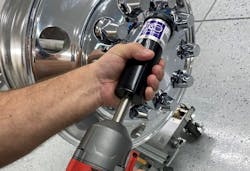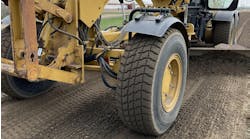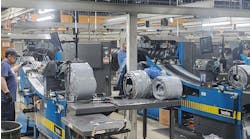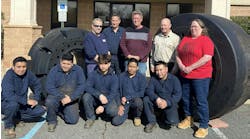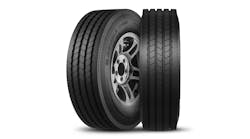Most commercial truck tire service technicians are familiar with the RIST process, which “is an acronym that is designed to recall the proper procedures when bolting a tire and wheel assembly onto a vehicle,” says Tim Stover, vice president of strategic accounts for Erlanger, Ky.-based Bob Sumerel Tire Co.
Those who aren’t should acquaint themselves with the procedure immediately, he adds. (The “R” in RIST reminds technicians to remove debris from rim mating surfaces. “I” reminds them to inspect all tire and wheel assembly components. “S” reminds technicians to snug lug nuts in a star pattern. And “T” reminds them to torque wheel fasteners to specification.)
The idea is “to flow through the acronym so that no steps are overlooked,” says Stover.
Following each step of the RIST process is “a must. RIST is designed to prevent wheel-offs. You want to accomplish installing the wheel or wheel assembly without it ever exiting the vehicle without assistance from the technician.
“It can be life-ending if a wheel assembly comes off” a truck, says Stover. “That’s an unguided missile going down the road - heading into oncoming traffic.”
The industry, he adds, still experiences “way too many” wheel-off incidents.
Here are some RIST-related tips to keep in mind when working with truck tire and wheel assemblies, according to Stover:
Take your time. “I don’t know why, but some people think they have to get out there and get things done in a quick manner,” he says. “I feel we have to place an emphasis on doing the job right, rather than just how fast we get the job done. If you did the job quickly, but not correctly, what did you accomplish? This is not a race. Take your time, do the job right and keep everyone on the road safe.”
Add oil. “When RIST was first developed, there were numerous configurations of wheels and we still - on occasion - get a stud-piloted wheel or something of that nature,” says Stover. “Today, techs are primarily working with a hub pilot assembly and that assembly has to go together wet.”
He says technicians should put two drops of oil on studs, plus drops on lug nut collars. “Let’s say a tech does everything else according to RIST, but applies a torque wrench to a dry stud or nut. They’re not getting the proper torque and therefore, they’re not achieving proper clamping force. One of the things I say when visiting a service tech is, ‘Show me your oil can.’”
Don’t jump around. “If you don’t start with the very first RIST step - cleaning all the components - none of the rest will ever come together. Not following a single syllable of the RIST procedure” can expose tire dealers to potential lawsuits should a wheel-off occur.
He also recommends brushing up on the difference between torque and clamping force. “Torque is a measure of a twisting motion designed to achieve a specific clamping force. Achieving proper clamping force is what RIST is all about.”
